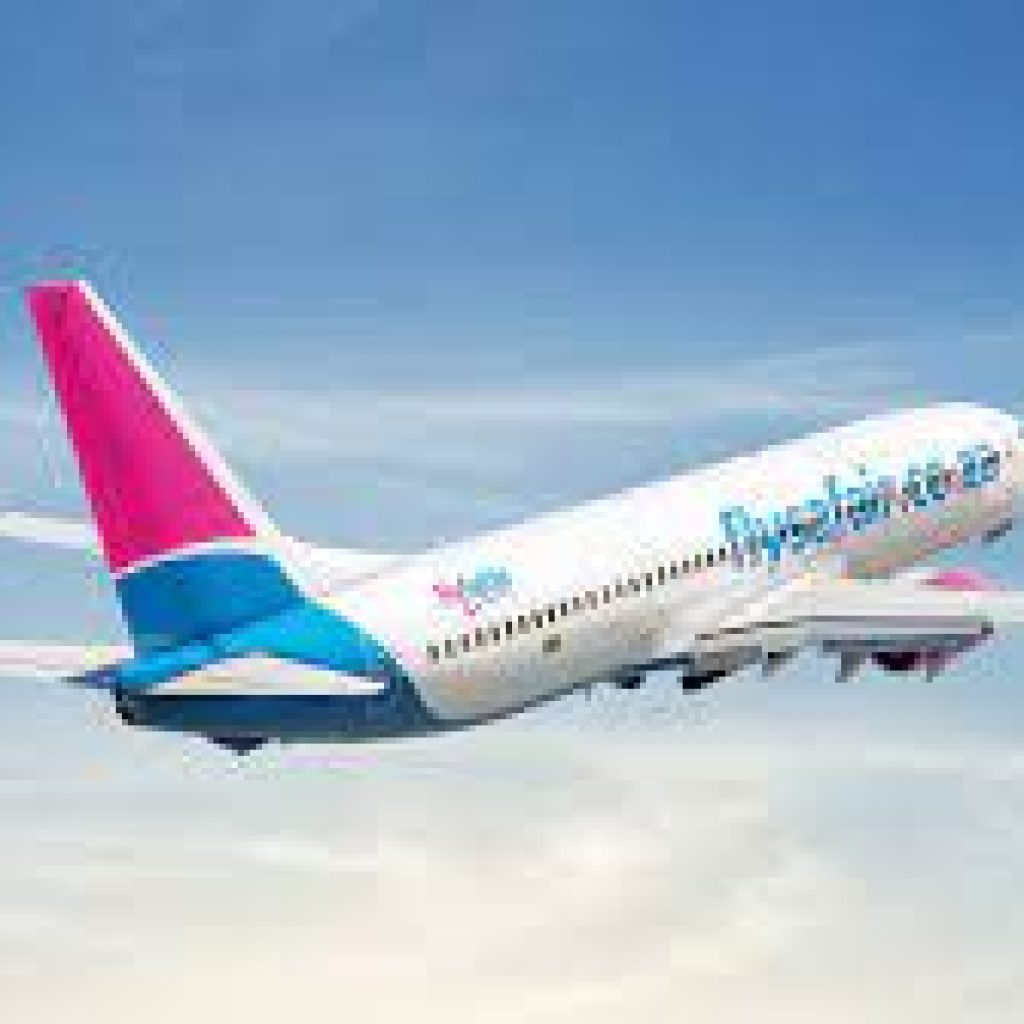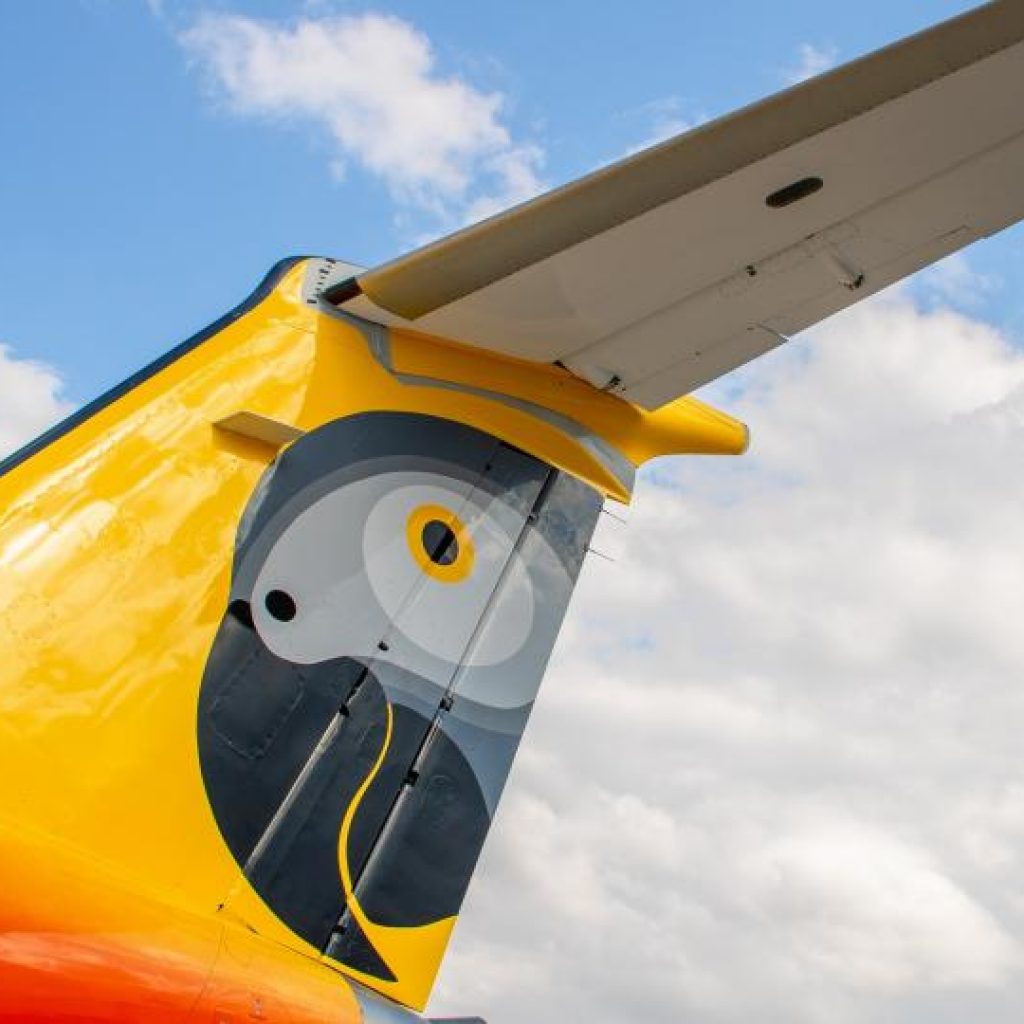
FlySafair has just received approval from the International Air Licensing Council to operate flights to 11 new destinations within the Southern African region and slightly further afield.
FlySafair applied for rights to operate connections to a number of new destinations throughout the region, as well as rights to add to its current twice-weekly frequency to Mauritius.
The airline has approval to operate flights from Cape Town and Johannesburg to Gaborone, Livingstone, Luanda, Lusaka, Maputo and Victoria Falls.
In addition, it has also received approval for frequencies from Johannesburg to Bulawayo, Nairobi and the Seychelles and has also gained approval to fly from Cape Town to Windhoek.Its applications for the Johannesburg-Harare, Johannesburg-Windhoek, and Johannesburg-Zanzibar routes are still pending, as is the approval to fly more frequencies to Mauritius.
Kirby Gordon, Chief Marketing Officer at FlySafair said the airline had been planning expansion to more regional destinations for some time.
There is still work to be done. With the ASLC approvals in hand, FlySafair can now engage the relevant airport and civil aviation authorities in each market and begin planning its flight schedules.
“While this is a big milestone, there is still a fair amount of work ahead of us from an operational perspective,” said Gordon.
The addition of these new routes to FlySafair’s network will offer welcome connectivity and increased capacity to regional destinations within Southern Africa, many of which have been constrained by the departures of previous route right holders.
Since the beginning of the year, FlySafair has added four new aircraft to its current schedule and it says one more is on the way in January. FlySafair says the additional capacity this aircraft adds, while forming part of the airline’s long-term growth strategy, will go into domestic flights, helping to stabilise domestic flight prices going into the busy holiday season.
Gordon said the airline expected to take five more aircraft into its fleet in March 2023.
“The events over the last year have put a great deal of pressure on airlines and consumers, and we’re looking at how we can keep airfares low by adding seats on in-demand routes, especially in the run-up to the December season. Scheduling routes and frequencies, deploying aircraft and crew and managing resources are all part of a balancing act that determines operational success for airlines,” said Gordon.





About The Author: David DiGregorio
More posts by David DiGregorio